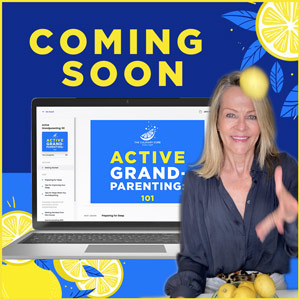It's Bloomin' Winter
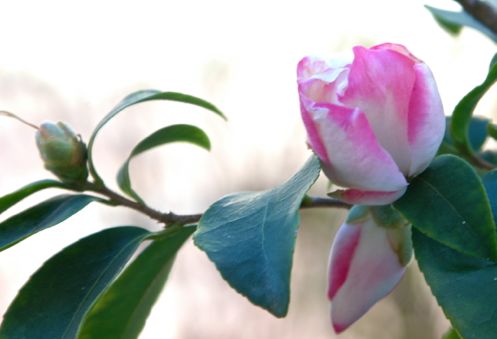
So, it finally dipped below freezing, just enough to zap my last little impatiens. Poor things, they were completely taken in by the mild weather, blooming bravely right up until the last. They weren’t the only ones that were confused. Last week I found myself vainly willing the buds on my neighbor’s iris to retreat back to the insulated safety of the soil, this after admiring gorgeous blue bearded iris blooming in the East Village. Even my weeping cherry tree has pushed out a single white blossom. At the age of sixty or so, it should know better.
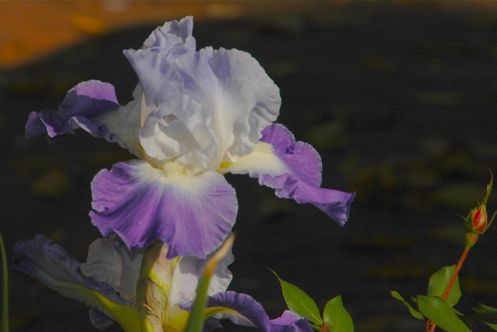
The bad thing is that the spring bloomers that have been duped by good weather into blooming now, are unlikely to bloom again this year. The good thing is they haven’t been harmed. The other good thing is that this unusual weather it has me thinking about what to plant in my garden come spring, when I do a garden makeover. As I look out my windows, I’m envisioning what I’d like to see a year from now, aside from the dried hydrangea flowers, the seed heads of coneflowers, or the bright berries of sparkleberry holly that look great in the type of wintry weather we had last year.
Let’s start with the recognition that not everything that has been blooming now is unseasonably early or late. Some plants are supposed to bloom in late fall and mild winters. Take fall blooming camellias (camellia sasanqua), for instance. I fell in love with these in Japan on a late-November drive to Mount Fuji when my Japanese hostess followed a four-lane highway divided by a miles-long hedge of camellias, perfectly clipped and sporting red-orange flowers. They were everywhere in Tokyo as well, from classic Japanese gardens to the front stoops of tiny non-descript houses in the form of show-stopping bonsais.

Cousins to the shrub used in tea production (camellia sinensis), fall blooming camellias have smallish, glossy, evergreen leaves and their dense habit gives them a refined year-round presence. Like their spring blooming cousins, they come in shades of pink, red, white, and purple, though their flowers are slightly smaller. I find they will still bloom after a light frost, such as the one we’ve just experienced, but stop when it gets really cold. Tuck them in a protected spot that is easily seen from inside the house or by an entry, when it is too chilly to be outside. They are best planted in spring, so they can establish their roots before winter, in filtered sun and in slightly acidic, well-drained soils, but they should not be allowed to dry out. I find myself wondering whether, in a limited space like mine, I wouldn’t rather have fall-blooming camellias rather than holly?

Not withstanding my confused cherry tree, the winter blooming cherry (Prunus subhirtella “Autumnalis”) has been blooming since November. Its white-to-soft pink flowers appear in late fall and during winter warm spells through early spring. My colleague, John Brookes, once insisted on planting three in a garden in Millbrook, NY, (zone 4-5) where they bloom sporadically only during rare warm winters. Demonstrably cold tolerant, they perform much better in warmer zones, and I love them not only for their unusual bloom-time but also for their beautiful orange-red fall color. “Autumalis” is a longer-lived cherry than most, and makes a good lawn specimen and street tree.
If you are starved for color, Winter Jasmine (Jasminum nudiflorum) is a great plant to perk up a winter landscape. A native of Western China, it is a fine-leafed deciduous shrub that drops its tiny green leaves in the fall, just as small maroonish buds appear. On warm winter days, the buds open, yielding light yellow flowers, about an inch long. Their flowers started blooming in December this year, and depending on the severity of our remaining winter months, will bloom through March. Its long arching branches are evergreen, so in very cold winters when the buds are hopelessly frozen, it remains an attractive addition to the garden. I grew Winter Jasmine in Connecticut where it bloomed rarely, but its evergreen branches looked great in the snow and, just

as important, the deer left them alone. Winter Jasmine likes to be in sun or partial shade, isn’t fussy about soil, and grows about 3-4 feet tall and 4-6 wide. It looks wonderful hanging over a wall and on banks, and at Dumbarton they are grown as espaliers.
Glossy abelia (Abelia x grandiflower) is another long-blooming shrub. I started photographing it’s flowers before the Fourth of July and was still admiring them in December. It’s a semi-evergreen shrub, meaning it does not drop all its leaves in winter, though, the colder it gets, the more its glossy dark green leaves turn bronze colored and fall. Abelia blooms from mid-summer until frost, it’s small pinkish-white flowers shaped like a tiny trumpet and slightly fragrant. When the flowers drop, their bronze-colored sepals, the little bits that hold the petals onto the stem, remain. This tough, drought-tolerant and hardy shrub tolerates sun to partial shade and can be rangy, but takes well to pruning. I prefer it in mass plantings in mid-to-large gardens, but it also works in smaller gardens when you need fine texture and a subtle flowering presence for a long period of time.
The warm weather we’ve had makes me think that it would be wonderful to combine late-fall bloomers and mild-winter bloomers with shrubs that bloom until frost, however late that is. You wouldn’t be guaranteed a flowery show every year, but in years like this you’d be thrilled. For example, there are a multitude of roses that have been flowering non-stop
since summer. Wouldn’t it be wonderful to walk into the garden on a warm December afternoon and clip a few roses? Especially if they were blooming next to your yellow winter jasmine? Or what if your fall-blooming camellias grew beside white fall blooming clematis (Clematis paniculata): I saw it blooming still in sunny spots last week. Delightful!
Glossy abelia would be lovely planted near the winter blooming cherry, and its deer resistance, makes it a great choice for a garden in which our four-hoofed friends range.

And, what about combining either the spiky chartreuse Corsican Hellebore (Helleborus argutifolius), which is blooming now, or the white Christmas rose (Helleborus niger), which is persnickety, but blooms in December with red fall blooming camellias, and white Knock-out Roses? Very “holiday”, and the camellias and hellebores would make for great green texture the rest of the year, while the roses would start their show again in early summer.
It’s good to have a bloomin’ winter. Happy New Year!


